
Artificial Intelligence in Practice
How 50 Successful
Companies Used Artificial
Intelligence to Solve
Problems
BERNARD MARR
with MATT WARD
This edition first published 2019
2019 Bernard Marr
Registered office
John Wiley & Sons Ltd, The Atrium, Southern Gate, Chichester, West Sussex, PO19 8SQ, United Kingdom
For details of our global editorial offices, for customer services and for information about how to apply for permission to reuse the copyright material in this book please see our website at www.wiley.com.
The right of the author to be identified as the author of this work has been asserted in accordance with the Copyright, Designs and Patents Act 1988.
All rights reserved. No part of this publication may be reproduced, stored in a retrieval system, or transmitted, in any form or by any means, electronic, mechanical, photocopying, recording or otherwise, except as permitted by the UK Copyright, Designs and Patents Act 1988, without the prior permission of the publisher.
Wiley publishes in a variety of print and electronic formats and by print-on-demand. Some material included with standard print versions of this book may not be included in ebooks or in print-on-demand. If this book refers to media such as a CD or DVD that is not included in the version you purchased, you may download this material at http://booksupport.wiley.com. For more information about Wiley products, visit www.wiley.com.
Designations used by companies to distinguish their products are often claimed as trademarks. All brand names and product names used in this book are trade names, service marks, trademarks or registered trademarks of their respective owners. The publisher is not associated with any product or vendor mentioned in this book.
Limit of Liability/Disclaimer of Warranty: While the publisher and author have used their best efforts in preparing this book, they make no representations or warranties with respect to the accuracy or completeness of the contents of this book and specifically disclaim any implied warranties of merchantability or fitness for a particular purpose. It is sold on the understanding that the publisher is not engaged in rendering professional services and neither the publisher nor the author shall be liable for damages arising herefrom. If professional advice or other expert assistance is required, the services of a competent professional should be sought.
A catalogue record for this book is available from the Library of Congress.
A catalogue record for this book is available from the British Library.
ISBN 978-1-119-54821-8 ISBN 978-1-119-54896-6 (ePDF)
ISBN 978-1-119-54898-0 (ePub)
10987654321
Cover Design: Wiley
Cover Image: mattjeacock/iStock.com
Set in 11/14pt MinionPro Light by Aptara, New Delhi, India
Introduction
One thing is very clear, artificial intelligence (AI) is going to change our world forever. And the change is likely to be more profound than most people realize today. No matter what job you are in, no matter what business or industry you work in, AI is going to augment, if not completely transform, it.
AI is giving machines the power to see, hear, taste, smell, touch, talk, walk, fly and learn. This in turn means businesses can develop completely new ways to interact with their customers, offer them much more intelligent products and service experiences, automate processes and boost business success.
Having said that, we also know there is a massive amount of hype and confusion about AI. Some see it as the ultimate threat to our civilization, while others believe AI is the savior that's going to solve humanity's biggest challenges, from tackling climate change to curing cancer. The aim of this book is to cut through the hype and scare-mongering, and provide a cutting-edge picture of how AI is actually being used by businesses today.
By sharing some of the latest and most innovative real world use cases from across many industries, we hope to demystify AI while at the same time inspiring you to see the immense opportunities AI is offering. We have written this book for anyone who would like to better understand AI and have therefore tried hard to keep the technical details to a level anyone can understand. At the same time, we have attempted to include just enough techie stuff to make it informative for people who already work in the field of AI.
In this book, you will of course gain insights into how some of the AI giants such as Google, Facebook, Alibaba, Baidu, Microsoft, Amazon and Tencent use it, but you will also learn how many traditional incumbent companies across most industries as well as innovative start-ups use AI. Our hope is that this will provide a realistic picture of the current state of the art: where the AI trailblazers are rolling full steam ahead, leaving many traditional businesses behind in the starting blocks; where traditional businesses are working hard at reinventing themselves and using AI to stay competitive; and where start-ups are using AI to challenge both the AI trailblazers and traditional businesses.
The Most Powerful Technology Of Mankind
AI is the most powerful technology available to mankind today and the biggest mistake anyone can make is to ignore it. Leaders of nations and businesses alike are seeing both the magnitude of opportunities AI brings and the risks of being left behind in the AI goldrush.
In the United States, the White House has released numerous policy documents that emphasize the strategic significance of AI. In 2016, under President Barack Obama, the White House issued the first report Preparing for the Future of Artificial Intelligence,
Russia's President Putin said: Artificial intelligence is the future, not only for Russia, but for all humankind. [] Whoever becomes the leader in this sphere will become the ruler of the world.
Business leaders agree. Amazon CEO Jeff Bezos believes we have entered the golden age of AI that allows us to solve problems that once were the realm of sci-fi.
What's Artificial Intelligence? The Rise Of Deep Machine Learning
AI is nothing new and nothing magical. The first developments in AI date back to the 1950s. AI refers to the ability of computer systems or machines to display intelligent behavior that allows them to act and learn autonomously. In its most basic form, AI takes data, applies some calculation rules (or algorithms) to the data and then makes decisions or predicts outcomes.
For example, the data could be images of handwritten words, letters or numbers. The algorithm would be a computer program written by a human that contains rules such as the common shapes of each letter and spacing between words. This then allows a computer to analyze scanned images of handwritten text, apply the rules and make predictions about which letters, numbers and words it contains, enabling machines to recognize handwriting. This type of AI has been used, for example, by the US Postal Services to automatically read addresses on letters from as early as 1997. For narrow applications this kind of AI worked well.
This rule-based AI runs into difficulties when tasks are more complex or when we humans can't easily explain the rules and therefore can't program them into algorithms. Speaking our language, walking around and recognizing a friend in a crowd are all examples of skills that we have acquired through experience but for which we can't easily explain the rules.
Next page
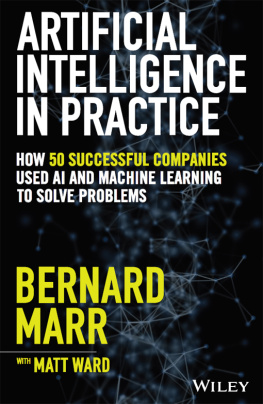
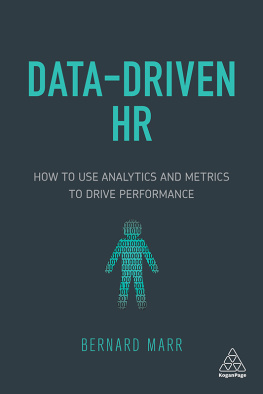

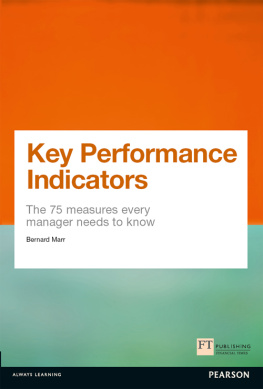

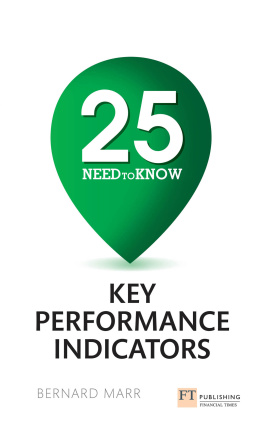

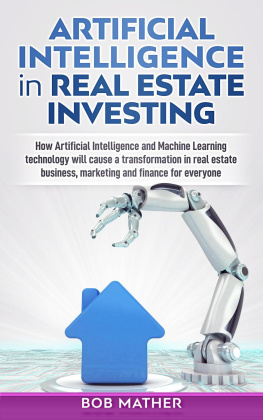
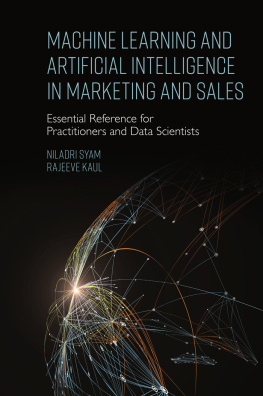
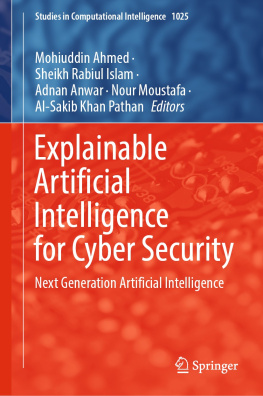
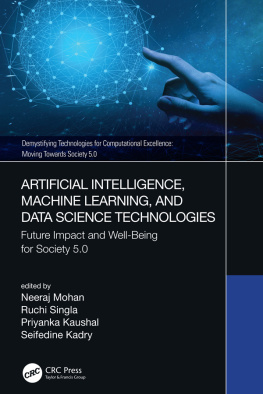
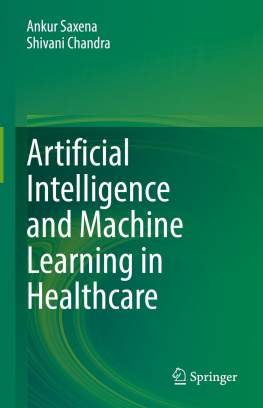


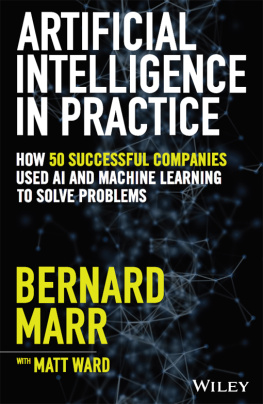
![Jim Sterne [Jim Sterne] - Artificial Intelligence for Marketing](/uploads/posts/book/124040/thumbs/jim-sterne-jim-sterne-artificial-intelligence.jpg)

